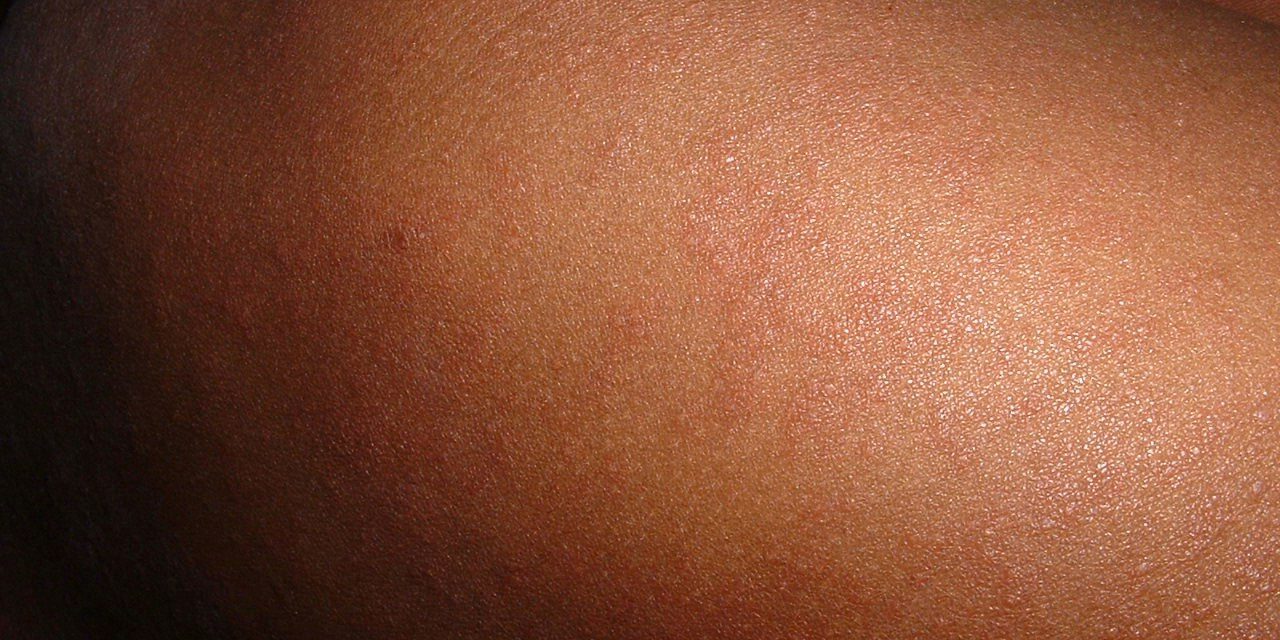In response to concerns with an increasing number of measles cases, Riverside University Health System-Public Health has created a Web-based resource page that focuses on the potentially serious illness.
The launching of the Webpage, which you can find by clicking here, comes as health officials address the spike in measles cases nationally and in California. The Centers for Disease Control and Prevention recently reported the highest number of confirmed cases since 2000, when the illness was considered eradicated from the U.S.
In California, state health officials have said 40 cases of measles reported in the state. This is the highest number of measles cases since 2014-2015, when at least 131 California residents were infected.
No cases have been confirmed in Riverside County so far this year, but health officials said it is important for the residents and the medical community to be prepared in case the highly contagious illness spreads here.
“Measles can be a serious illness and we all must be ready to stop its spread,” Dr. Cameron Kaiser, county public health officer, said in a prepared statement. “Parents and medical professionals may have concerns or questions they want answered. The webpage will provide important information.”
The county has not had a confirmed measles case since 2015.
The symptoms of measles generally appear about seven to 14 days after a person is infected.
Measles typically begins with
- high fever,
- cough,
- runny nose (coryza), and
- red, watery eyes (conjunctivitis).
Two or three days after symptoms begin, tiny white spots (Koplik spots) may appear inside the mouth.
Measles cases can be a serious in all age groups. However, children younger than 5 years of age and adults older than 20 years of age are more likely to suffer from measles complications.
Common complications from measles cases include ear infections and diarrhea.
- Ear infections occur in about one out of every 10 children with measles and can result in permanent hearing loss.
- Diarrhea is reported in less than one out of 10 people with measles.
Read Dr. Kaiser’s blog about measles by clicking here.
Image Sources
- Measles: Pixaby







